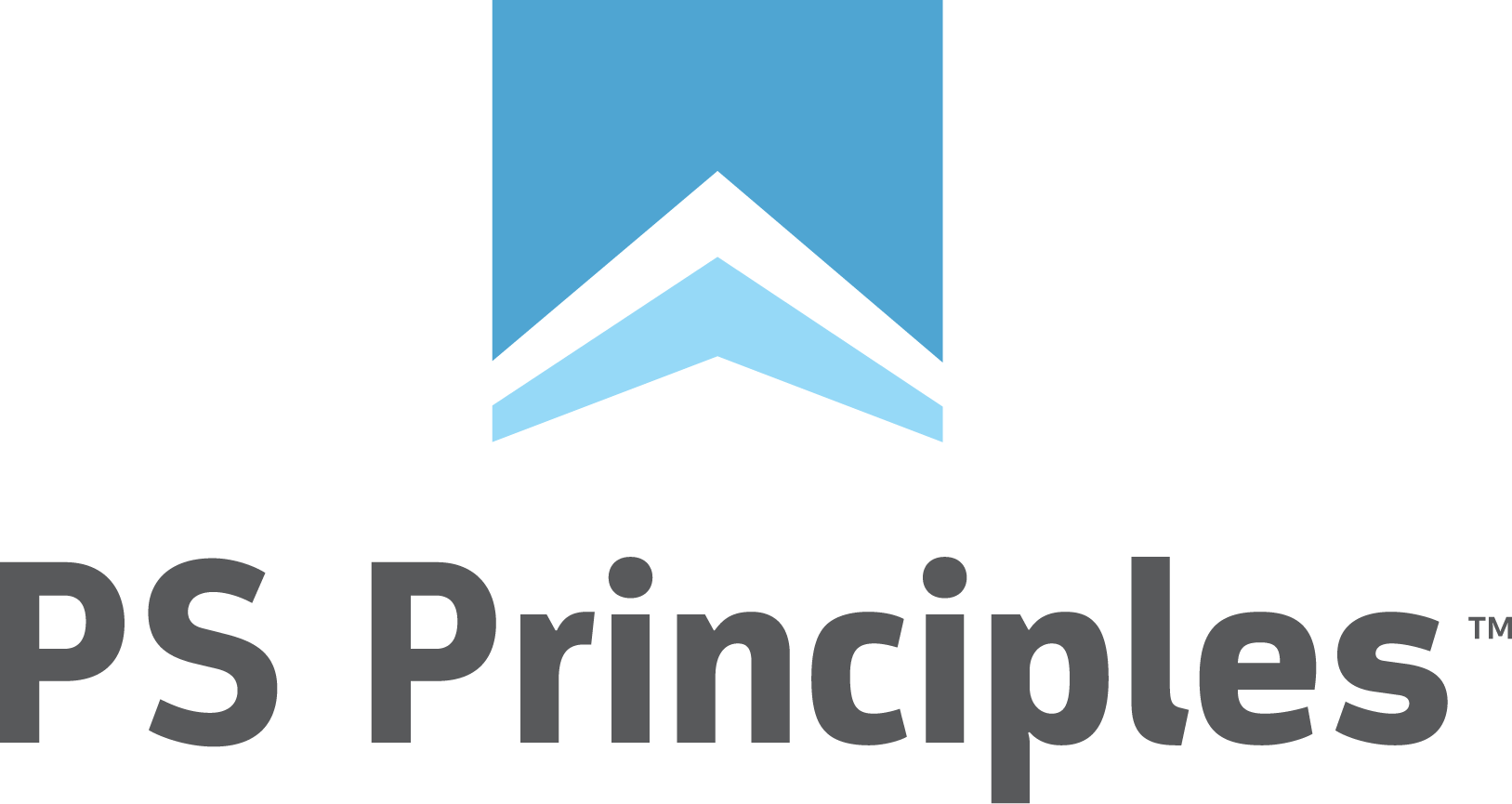B.A.L.T. to Stay Calm in Meetings

I get asked a lot, "How can I keep myself poised in tense meetings with customers?" If you've ever sat in a tense meeting with me, you'd might be justified in thinking, "How would he know?"
This being said, and over the years, I have worked on my own ability to sit through these meetings in a more subdued but more effective manner. I'm always in awe of the super calm executive who never flusters but still manages to cut through the crap and get to the best outcome. Obviously, personality and character have a lot to do with it, but many people have a disposition that doesn't naturally lend itself to being the most calm and constructive in these moments, For you (and for myself) B.A.L.T. is my hack!
BREATHING
As hokey as it might sound to a go-get-em Alpha, breathing is one of the keys to keeping calm. The physical effects of deliberate deep or box breathing have been documented everywhere. From army sniper training to child birth to Chris Hemsworth's Limitless, the correct breathing technique has been shown to calm your body by providing an increased level of oxygen to the brain while also stimulating the parasympathetic nervous system which releases the chemicals required to calm your system.
The two techniques that are easiest to implement in a meeting are:
Deep Breathing: Breath in until your usual point, then breath in again until you feel the air truly fill your diaphragm. Upon reaching this point, don't cough and splatter, but slowly release the air in a way that doesn't arouse suspicion from your surrounding colleagues or Zoomies.
Box Breathing: A more complicated approach that have as good or even better effect. Breath in for 5 seconds. Hold for 5 seconds. Breath out for 5 seconds. Hold for 5 seconds. Repeat. It's a 5 second box that helps your entire nervous system calm down. The only problem I found with this one is that you can't really count while the listening attentively so you kind of need to guess at the intervals, but none-the-less, it works.
ARMS
At the end of your arms are your hands. When your hands wave about you become excited. Or maybe you become excited because you wave your arms about. Either way, try and restrict your arms to a limited space and your hands will stay calm. You can further assist this process by placing your palms on the table in front of you. Keep them facing down on the table or on your lap. Only move them to join them. This stops you from pointing, waving, gesturing, slapping your forehead or whatever you usually do with them that help you express how utterly exacerbated you are with the customer's decision.
LISTEN UNTIL THE END
I get asked a lot, "How can I listen to customer's better?" While there are some techniques we can discuss, there is a simple suggestion - let them finish talking ! Listening to someone's complete sentence is once of the greatest signs of respect you can show to another human being only because cutting them off mid-sentence is one of the worst signs of disrespect.
It is very easy for us to know that we have heard this before. The "I know where this is going again" mindset kicks in because we want to keep the ball moving, but when we cut people off, that person doesn't feel heard. Listening to the end of someone's sentence also has us contemplate our response for that little bit longer which may also help you formulate a calmer and more precise response. Take the time and let your brain do what it is good at, "think"!
TONE
And finally, focus on your tone. With your breathing under control, your arms in close proximity to your body and your attention on allowing someone to complete their sentence, you will find that your tone is much easier to control. This keeps the meeting at a cordial level. Of course, things can still get agitated but as they do, you have all the right mechanisms in place to absorb it, think and respond in a tone that is calm and constructive.
And that is the point of BALT. Difficult conversations are exactly that, "difficult". It is far too easy for them to go sideways and end up in a situation where the decisions we make within them are not the ones we wished that we had made once we are out of them. To be more effective at this the BALT process will help you get more achieved and with less agita.
